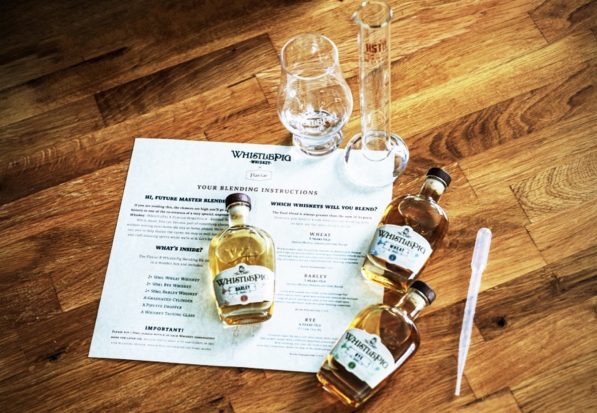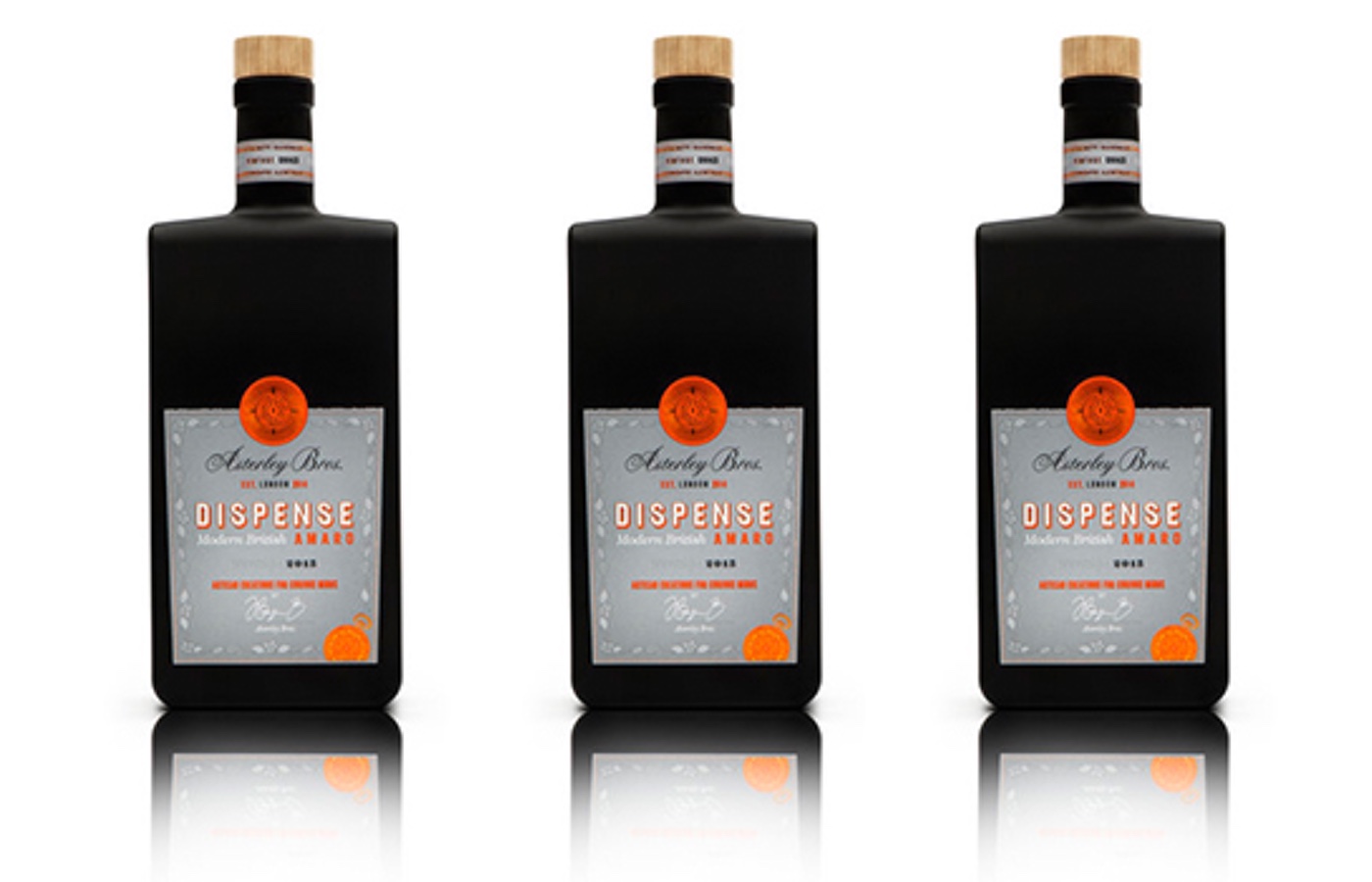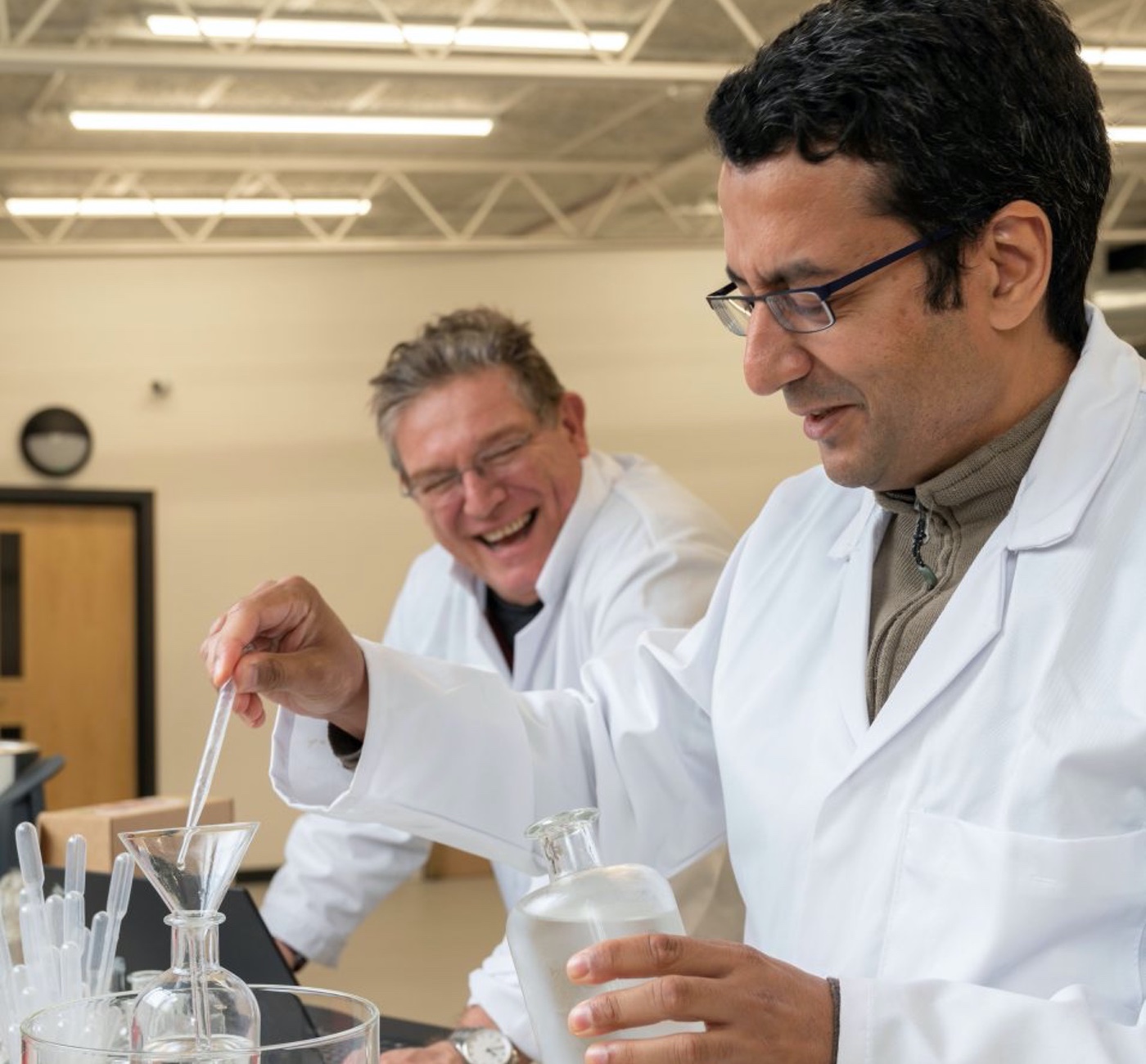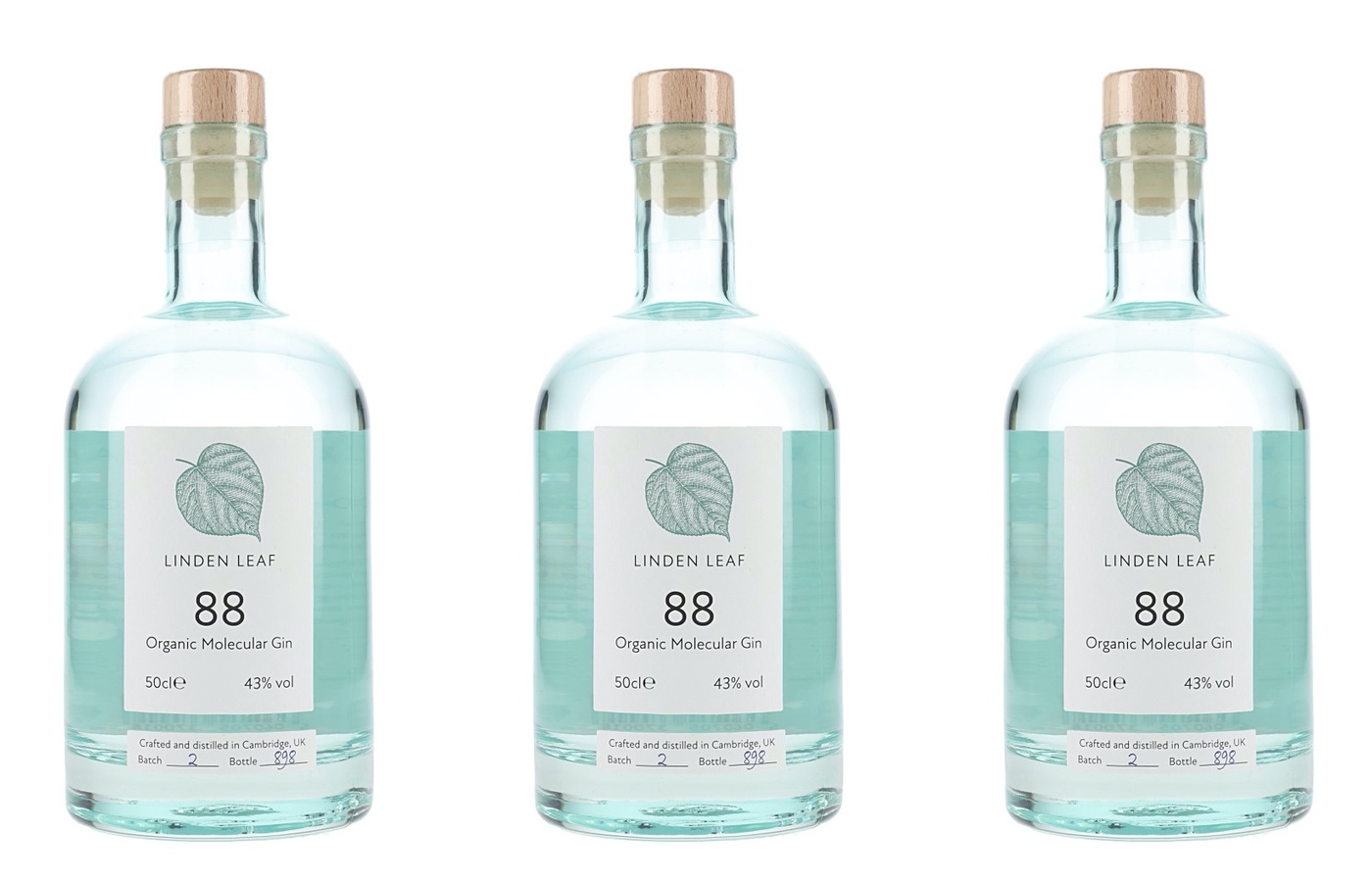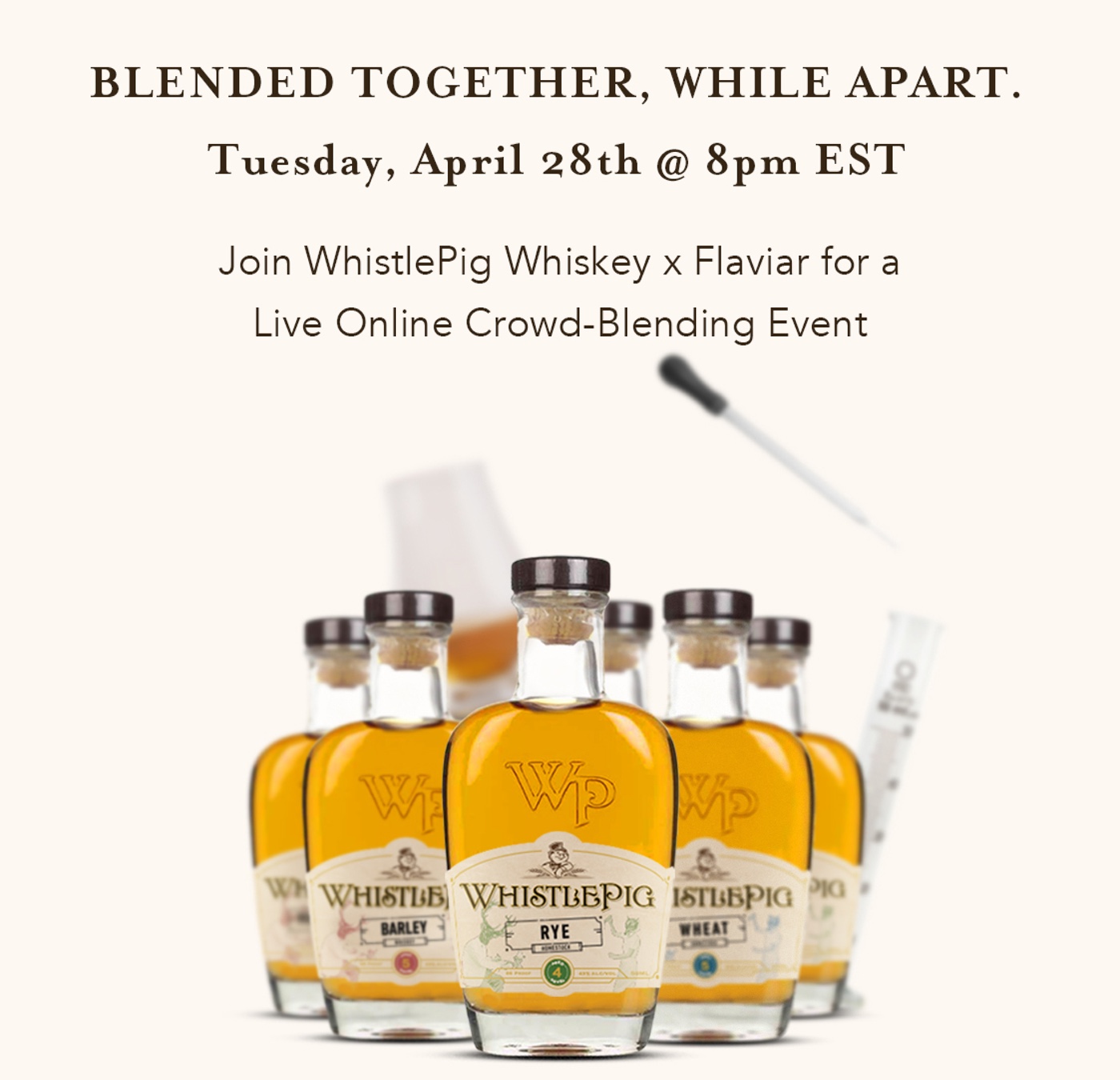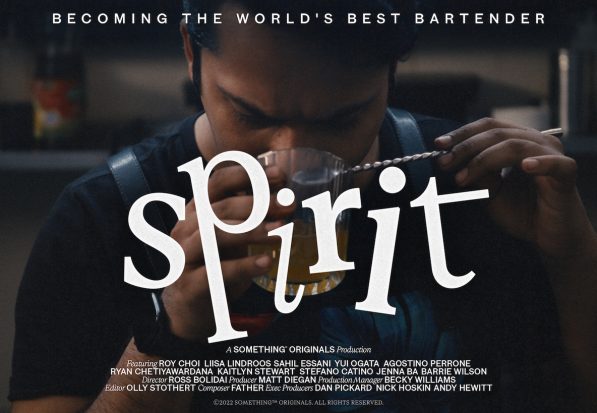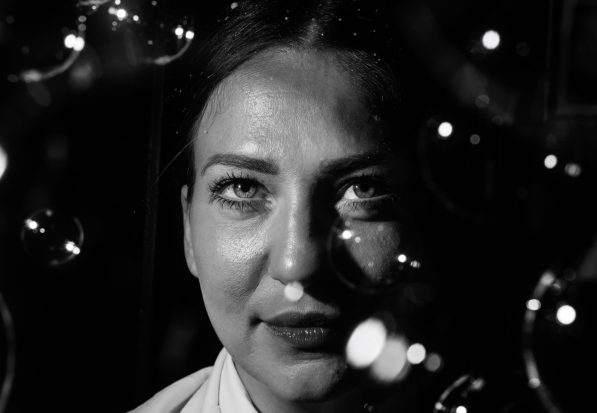You have probably never thought about who decides how the spirits, liqueurs and mixers that you drink should actually taste. If you had, you might assume that the multitude of small decisions that contribute to flavour can only be left to the skills and taste buds of blenders and distillers.
Yet what if those decisions actually came down to you? What if you were the one to judge what flavour elements you would like to see in your favourite liquids? What if the company’s acted on your options?
 PIN IT
PIN ITRob Berry from Asterley Bros
Recently, three different brands did just that. They took the final decisions on their liquids out of their own hands and instead put them in the hands of the general public; giving the power, as they say, to the people.
They conducted, what could best be described as crowd-tasting, in an effort to find out the view and inclinations of those who actually consume their products. Whether they did it to understand more about flavour, test the boundaries of their liquid or as a way to pivot during the lockdowns, the process of crowd-tasting has produced a number of liquids that are on store shelves today.
By sending out samples and compiling feedback, Asterley Bros, WhistlePig and Linden Leaf, each involved the end-user to produce their end-product.
While each company creates a very different liquid, conducted their crowd-tasting in different ways and even instigated the operation for different reasons, they were all surprised at how much insight the process gave them.
“The fact that people, with no blending experience, could get together and make product that actually tastes fantastic, gives me such a renewed vigour for what’s going on out there,” said WhistlePig’s Master Blender, Peter Lynch.
“In their comments, they would tell me what they thought and they’d be right. It gave us insight into what people want to taste and the confidence to know that people are driven towards this more flavour-forward profile.”
Matthew Webster from Linden Leaf agreed, saying that there was definitely a growing number of consumers who are better educated and want to understand more. “We live in a little bit of a bubble in the professional world of drinks. There is a growing number of interested amateurs, who are really fascinated by providence and botanicals and liquids.”
Webster believes that the increased interest in spirits – how they taste and how they are made – has given people a greater desire to get involved. And that, in turn, has created a sense of ownership.“People have a sense of “I love this gin”, and it’s not just because they love the taste of the gin but it’s also ‘I love it because I helped make it what it is’. And that’s brilliant,” he said.
Lynch agrees, “I mean the simple fact is that these people are the ones making the whiskey, I would hope they would feel a sense if ownership. The only reason I would be hesitant is that I know that it’s hard to take things at face value. I almost had a fear that people didn’t feel that it was genuine because it is hard to believe that a company like ourselves would put things in the hands of anybody else.”
Aside from a sense of ownership, Rob Berry from Asterley Bros, believes that it encourages people to travel with makers on their journey as well. “We’ve made contact with people who have been part of our network to some degree, over the last four or five years. These are people that were with us for that first 50ml sample that came through their door, and who are still involved in drinking our products today.”
Berry explained that Asterley Bros set up their crowd tasting in quite a straightforward way. There was a landing page, where people could register and it outlined the project. The company then started sending those participants little bottles through the post, without any restriction on people’s location.
“The first thing that we sent out was a single bottle, a 50 ml sample of the product that was at a stage that we were happy with it,” Berry explained. “And then we put up a survey, asking people what they thought of the balance, how they drank it, how was the length. We probably had 15 questions that they had to complete online.
“If I’m honest, I don’t really know what we expected at the time, but the results were certainly very striking in that all of the bartenders, the professionals, all said, “It’s too sweet. It should be much more bitter.” And then all of the consumers said the opposite, “It’s too bitter. It should be much more sweet.”
“So we had this really distinct two opposing ideas of how the liquid should be. I guess we hadn’t really expected that or to see it laid out quite as starkly.”
US Bourbon producers, WhistlePig came to crowd-tasting more out of necessity rather than choice. Although the brand has conducted their FarmStock Blending Events over the last few years, the onset of COVID meant that they could neither travel nor hold events of any kind. A rethink was needed.
“So we usually release a product called Farmstock around that time of year – March, April, early spring-ish. And obviously this year we had to reevaluate things and pivot really quickly. We still wanted to put it out, but whatever plans we had got completely scrapped.
“Luckily for us, we had already been looking to do something with Flaviar who has been a great partner for us for years. They helped us sell these bottles out to people around not just around the US, but the world, which helped us get that WhistlePig flavour out there a little bit more.
“For us, it was about just getting as many people involved as we possibly could,” said Lynch. “We ended up pulling it all together really quickly, but we had about 1,000 participants overall. So the time span from sending out the kits, getting in submissions, to hosting the final event was honestly, probably only two to two-and-a-half weeks.”
On the other end of the scale, UK-based Linden Leaf’s situation was very different. Webster states that by the time we were finished with the various rounds of testing with their participants, they probably well over 100,000 tasting notes.
“If you set the company up to make drinks for yourself then that’s all well and good,” Weber said, “but you’re trying to make it so other people can enjoy it, then it’s really important to get this broad feedback to understand what people expect from a spirit. Especially these days when the boundaries between all the spirits are very blurred.”
For Linden Leaf, the fundamental drive behind the venture was to understand flavour. Mapping flavour down to individual molecules, the company sought to understand not only how the different molecules interacted but also how people perceived those molecules.
“For us, crowd-tasting is a way of delivering the understanding that we need to be able to build this blending atlas. It’s a cornerstone of what we wanted to do. It’s a bit different from other spirits companies, which are just doing it, say as a way of verifying blends or tuning blends. We need it, because without this bulk data of perception, we don’t get to have this understanding of flavour.”
With their tests, Linden leaf sent out a structured set of tasting notes, with a flavour mapping diagram, which they hoped would force their participants to think about the flavour in particular terms. They then used AI to analyze all of the text for terms that reflect flavour in this particular way.
“We’re mapping the flavour down to about 5000 or 6000 active flavour molecules,” said Weber. “So, the molecular model is actually the really challenging statistical bit; just to link all of that to what we’re getting in terms of the flavour responses. You don’t treat every comment as an individual, you treat them as a statistical set of feedback and from there, we could draw inferences from that data.”
But as Berry points out, for Asterley Bros, there are other factors that come into play that will affect how you interpret that data. In their situation, where they had such a clear division between bartenders and consumers, the brand decided to trust that the bartenders were further down the journey of understanding bitters and bitter liquids.
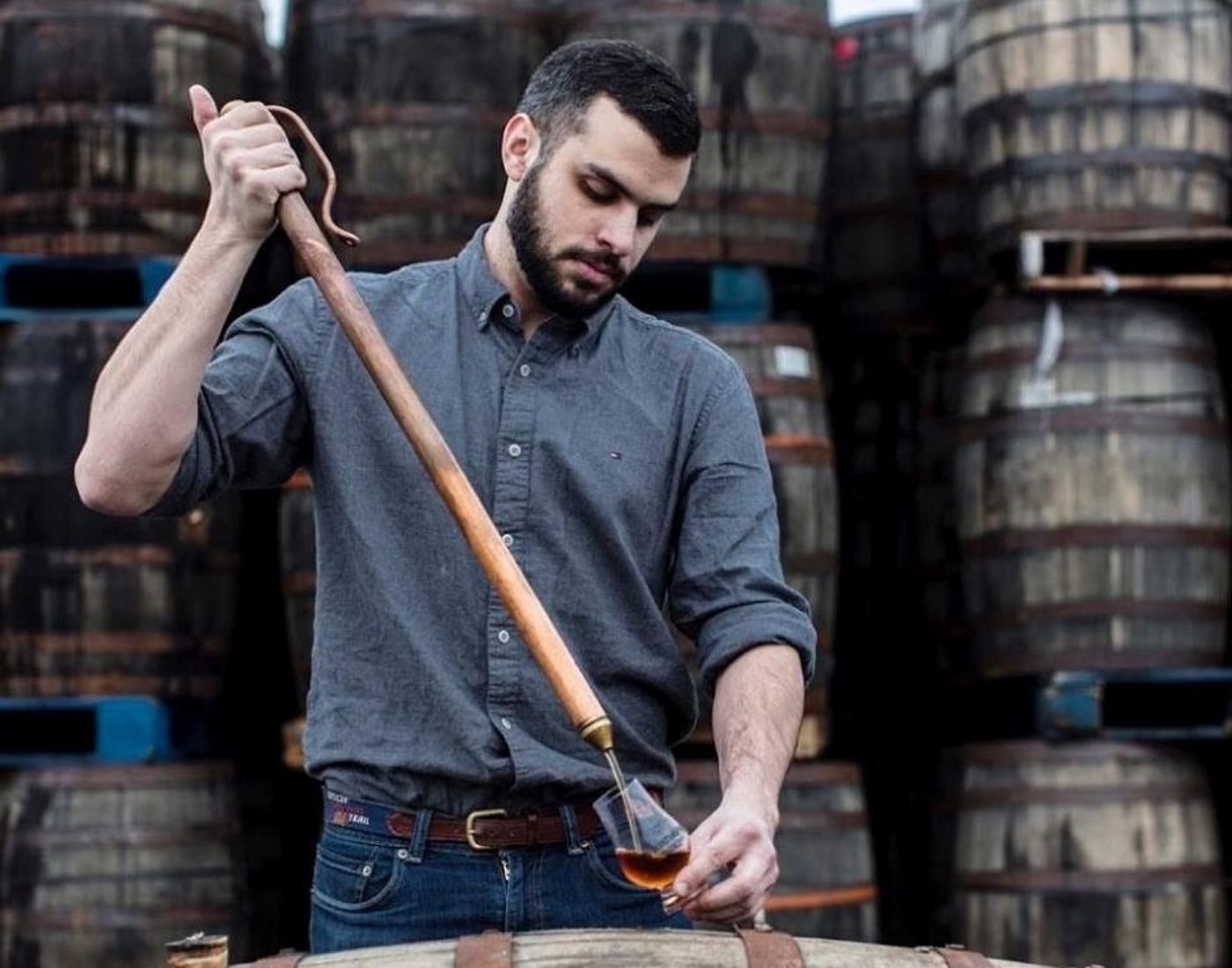 PIN IT
PIN ITPeter Lynch from WhistlePig
“We viewed the bartenders and the professionals as the taste-makers or the gatekeepers. Remember this was 2015/2016, so quite early on in the bitter Spritz-Negroni-ish moment. We figured that the British appetite for bitter drinks was going to grow because we could see what Aperol and Campari were doing with our amazing marketing programs. We thought if we went down the more bitter and less sweet route, the English taste would start to gravitate that way.”
While crowd-tasting can provide useful information, it’s value comes down to what you expect to get out of it and how much of the results you want to take on-board. For WhistlePig, with the creation of their 2020 Homestock, all the feedback was taken on because as they said to their participants ‘Whatever you vote on in this final session, that’s the blend.’
“It should be noted that this is the first whiskey we’ve ever released that only not only includes other styles of whiskey but has less than majority rye in the blend itself,” Lynch pointed out. “And while it didn’t surprise me that the wheat content was around 30% but what did shock me was the barley inclusion, which was 25%. I didn’t expect people to like it as much.”
But crowd-tasting can be a bit of a double-edged sword. On one hand, having new eyes can on a product can bring a whole new perspective to the liquid. As Berry points out, “When you’re just drinking your own stuff, day-in, day-out, you get a bit blasé.”
But on the other side, the factors that affect taste are not necessarily taken I to account by everyday people who are tasting it. As Berry notes, tasting a liquid out of the same glasses, at the same time of day can affect the way you view the taste. “Those things can really affect your perception of the liquid.
“Once you start to drink things out of different types of glasses, at different temperatures, outdoors, indoors, before a meal, after a meal, then you start to really get a much more rounded sense of how the liquid performs at different times.”
Lynch likens the art of blending to being akin to a science experiment. “Normally, I’ve got so much time to get to know a liquid and get a really get a firm take on it under all conditions. I’d experience it if I’m tired, if I’m hungry, if I’m hungover, whatever it gives me a full picture of a whiskey and in the end, you know it quite well.
While all of these environmental factors can affect the taste, there are other aspects as well. Webster points out, it was really through their crowd-tasting they began to realise that there was a consistent difference between age groups, as an example, and their perception of taste.
“A 25-year-old tasting will say, “I don’t know, it was really, really good. But then it had this back of the tongue bitterness.” And then at the time, you’ve got a 45-year-old tasting it, they might say, “Yeah, it’s really good. It has a kind of rich, slightly woody taste.” But then when you got to a 65-year-old, they might come back with, “Oh, it’s so smooth. It’s really nice.” And initially, you think it’s just those three people but with a massive sample, it turned out to be absolutely consistent.”
While crowd-tasting may not be perfect, all three company’s reflected on the opportunity it gave them to interact more personally with their market. Of course, half the battle in the liquor industry has always been about getting people to actually try the liquid. With this in mind, Lynch believes that people are justified in thinking that crowd-tasting might only be a gimmick.
“I’d say definitely don’t be wary of crowd tastings or anything like that. I’d say enjoy them if you have the opportunity. I’d say participate if you want to. But at the same time, if you feel like something’s up, there could be a reason for that.
“I know that a lot of this industry is marketing focused, which is fine because honestly, you need to bring people into the fold, into your brand and you taste it. You might have the greatest product in the world, but if no one knows it even exists, they’re never going to taste it.”
Berry who has since gone through the crowd tasting process with a number of other products, including the brand’s reinterpretation of a Fernet, says that of course, you are going to get people who are hesitant and think the crowd-tasting os only a marketing ploy. “It’s only a marketing gimmick if you don’t actually listen to the people who are giving you the feedback”
For Webster, the issue is more about how you pitch it to someone. “If you say to people, “We’re doing this incredible thing where we’re trying to understand how flavours map to molecules, and we’re going to give you some samples, and we’d love to see what you think,” then I think we could have had a million tasters.
“Although, I shudder at the thought of filling that many little bottles,” Webster admitted. “Honestly, it comes to a point where they start to haunt your dreams.”






